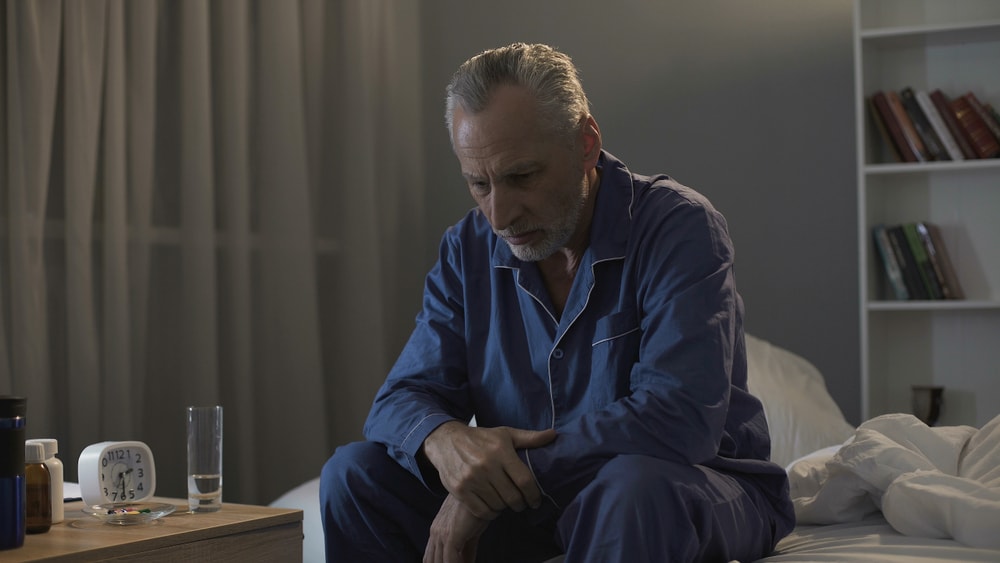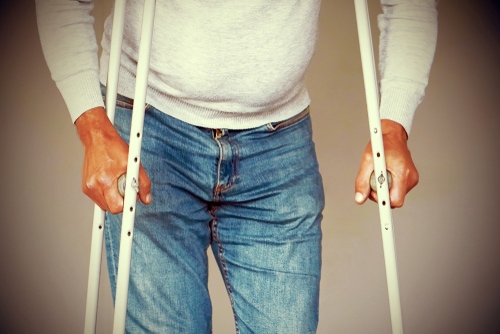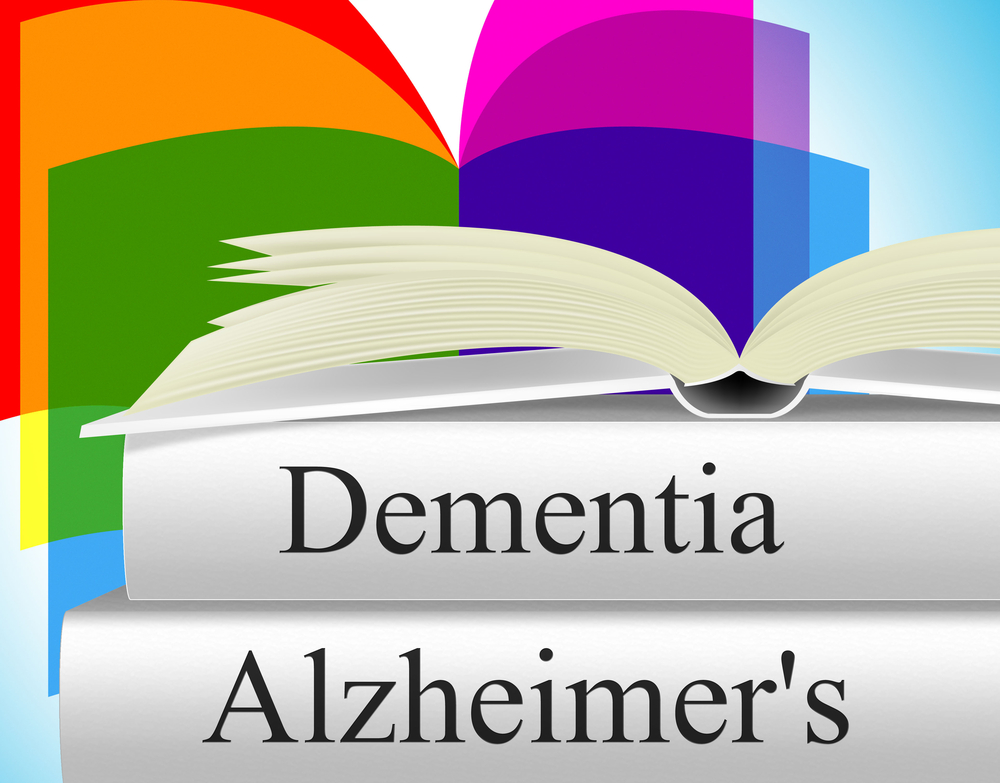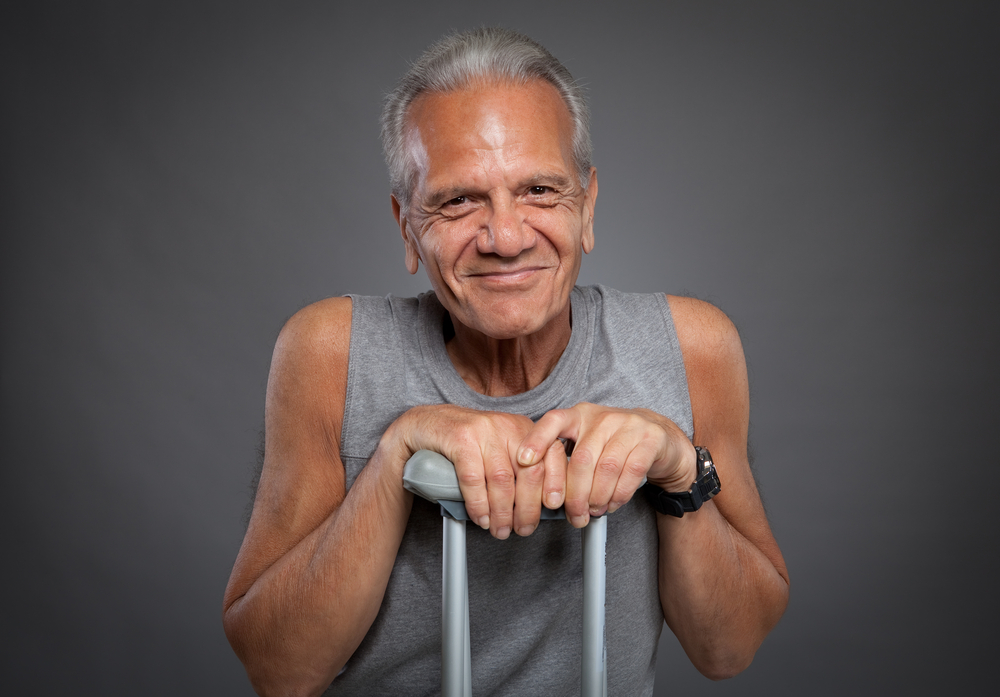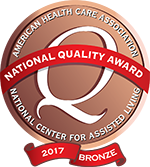For people with Alzheimer’s, sleep doesn’t always come easily. As the brain changes, so, too, does a person’s nightly sleep schedule. While these changes are a normal part of developing dementia, they can harm the quality of life for the person affected. Fortunately, there are steps you can take to help your loved one cope with sleep problems, both now and in the future.
Here’s what you need to know.
Sleep Changes and Alzheimer’s
As we age, our relationship with sleep begins to change. Even in adults without symptoms of dementia, getting a restful 7-8 hours of sleep each night can feel like an impossible task. When dementia is present, though, sleep changes tend to become more pronounced. While symptoms vary, people with dementia may experience:
- Difficulty getting to sleep or staying asleep. People with dementia wake up more often throughout the night, and frequently have trouble getting back to sleep once they’re awake. Brain wave studies on affected patients have revealed decreases in dreaming and non-dreaming sleep phases. When a person cannot sleep, they may wander, become restless, or cry out for their caregivers at night.
- Disruptions in the sleep/wake cycle. People with Alzheimer’s may feel tired during the day, but lie awake all night. Sometimes, they experience a phenomenon known as “sundowning,” which causes them to feel agitated in the early evening. In extreme cases, people may experience a complete reversal of regular sleep/wake cycles, sleeping all day, and lying awake all night.
How You Can Help Resolve Sleep Problems
When it comes to treating sleep disruption in people with Alzheimer’s or dementia, there are two primary approaches: medical and non-medical. Most caregivers recommend starting with non-medical methods, which include the following:
- Stat and maintain a daily schedule, with regular times for meals, going to bed, and waking up.
- Strive for early morning sunlight exposure. Going for a walk outside is a great option, but opening the home’s curtains and blinds will work, too.
- Encourage regular daily exercise, and make sure the session is finished no later than four hours before bedtime.
- Discourage consumption of alcohol, nicotine, and caffeine.
- If your loved one takes a cholinesterase inhibitor, start giving the medication in the morning rather than at night.
- Avoid having television and computer screens in the bedroom.
- Treat any underlying sources of wakefulness, such as pain or depression.
If the above non-medical approaches don’t help as much as you’d hoped, consider talking to your loved one’s doctor about medications for sleep problems. In many cases, sleep-inducing medications can help take the edge off the situation and provide more restful nights for everyone involved.
Nursing Home Care: A Loving Option
If you care for your loved one at home and are finding it challenging to keep up with their changing needs, Senatobia Healthcare is here for you. One of the premier nursing home facilities in Mississippi, we specialize in helping patients with Alzheimer’s and dementia live healthy, happy, fulfilling lives. Contact us today to learn more about our long-term care programs and how we can help you.
